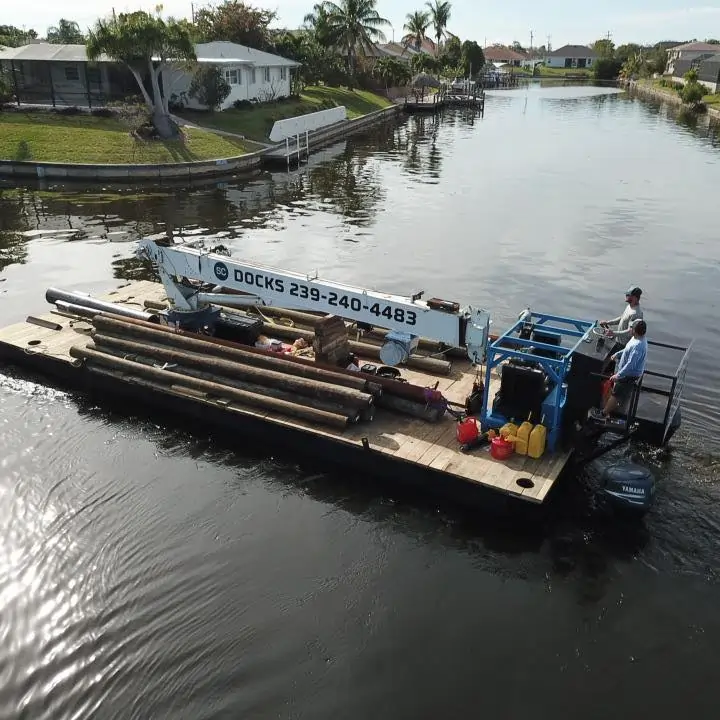Attention all Lee County & Barrier Island Residents!

In the wake of recent weather events, we understand the challenges you face with potential dock and lift damages. Submerged Consultants is here to help, and we’re ready to respond immediately. Our team has already deployed barges to your area, and we are fully equipped to assess and repair any damage your docks or lifts may have sustained.
Whether you need a thorough inspection, minor repairs, or complete rebuilds, we have the expertise and tools to get the job done right. Our experienced crew is committed to restoring your waterfront structures quickly and efficiently so you can get back to enjoying your property.
What We Offer:
- Comprehensive dock and lift inspections
- Expert damage assessments
- Fast and reliable repairs
- Advanced equipment and barge support on the water now
Don’t wait until minor damage becomes a major problem. Contact Submerged Consultants today to schedule your assessment. We’re already on the water and ready to serve you!
Reach us at 239-240-4483 or visit our website scswfl.com.
Stay safe, and let us take care of the heavy lifting!
